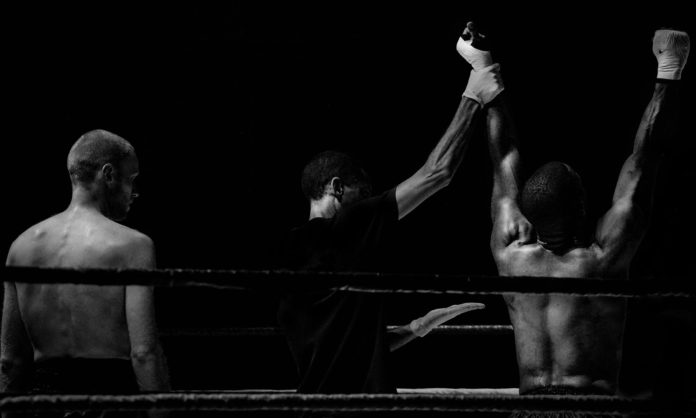
In the latest in her series for Writer’s Digest, trained fighter and author Carla Hoch says that any fight scene should have a strong reason to happen. “More important than where a fight takes place, what weapons are used or even who is involved is one thing: why,” Hoch writes. “Nothing has a greater impact on a fight than why it is taking place.”
But why? The reason a character chooses to fight determines what’s at stake. The stakes determine the intensity, which determines speed and style of combat. A strong reason why can also help a smaller character overcome an opponent’s size or skill advantages.
“Knowing what is at stake explains why a character is doing what they are doing and can help the reader connect with the character,” Hoch writes. “As soon as your reader connects to the character’s why, you bring your reader into the fray alongside them.”
The stakes influence the intensity. Hoch explains that warming up is low intensity. Sparring is medium intensity and a bout in the ring is high. Being attacked in a parking lot is higher still. “In every one of those instances, the intensity/volume goes up because of the stakes,” she says. The stakes also determine speed. A character facing a gun might pause, but if the assailant is disarmed, your character now has a chance to fight for their lives.
Knowing why also can give a character the advantage or disadvantage. “The most dangerous person is always the more willing person,” Hoch says. “If my assailant and I both have a knife, the one more willing to use it is more dangerous. It doesn’t matter that the attacker is bigger, faster and stronger. Their hesitancy to use the knife, which is based on their own unique why, makes their inherent advantage a detriment.”
That willingness to act originates with the character’s why. “That why may be based in the moment or tethered to the past,” Hoch says. “Every will has a why. And every why can change the will.”











